Introduction: Why Monitoring Matters
Imagine you’ve deployed an application-everything’s running fine… until one day, it crashes. How do you know why it failed, when it started acting up, or how to prevent it next time?
That's where monitoring and visualization tools like Prometheus and Grafana come in.
- What is Prometheus?
- What is Grafana?
- The difference between them?
- Why are both used together?
- How do they help keep applications healthy and reliable?
What is Prometheus?
Prometheus is an open-source monitoring and alerting system used to collect and store timeseries metrics.
It was originally developed by SoundCloud and is now a Cloud Native Computing Foundation (CNCF) project.
In Simple Words:
Prometheus is like a thermometer for your servers and apps. It constantly checks the health of your systems and saves the data. If something goes wrong (like CPU usage is too high), it can send alerts.
Prometheus Does:
- Collects metrics every few seconds or minutes (e.g., CPU usage, memory, number of requests)
- Stores those metrics as timeseries data (data with timestamps)
- Uses PromQL, a special query language, to search metrics
- Sends alerts via Alertmanager if something goes wrong
- Works really well with Kubernetes, Docker, and microservices
Prometheus Components:
- Prometheus server – Main process that scrapes data
- Exporters – Small programs that expose metrics from services (like Node Exporter, MySQL Exporter)
- Alertmanager – Sends alert notifications to Slack, Email, PagerDuty, etc.
- Storage – Stores data on local disk or remote systems
What is Grafana?
Grafana is an open-source visualization and analytics tool that turns collected metrics into interactive dashboards.
In simple terms, Grafana makes your data look beautiful and easy to understand.
Grafana Helps You:
- Build dashboards with charts, gauges, tables, and graphs
- Connect to Prometheus and other data sources like MySQL, Elasticsearch, Loki, etc.
- Set visual alerts
- Monitor live application health on big TV screens, desktops, or mobile
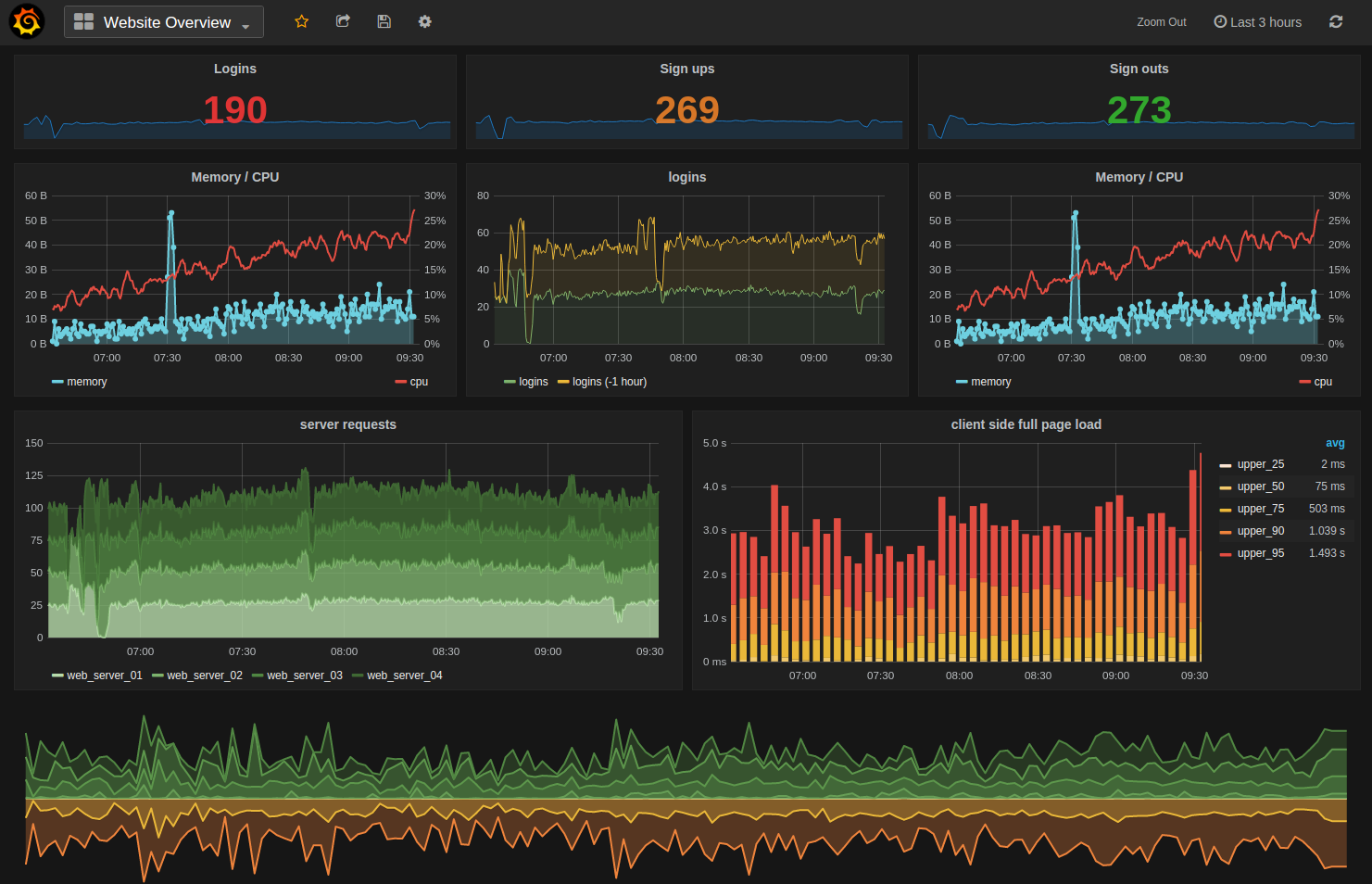
Grafana Supports:
- Prometheus (for metrics)
- Loki (for logs)
- Tempo (for traces)
- ElasticSearch, InfluxDB, AWS CloudWatch, PostgreSQL, and more
Prometheus vs Grafana: Clear Comparison Table
How Do Prometheus and Grafana Work Together?
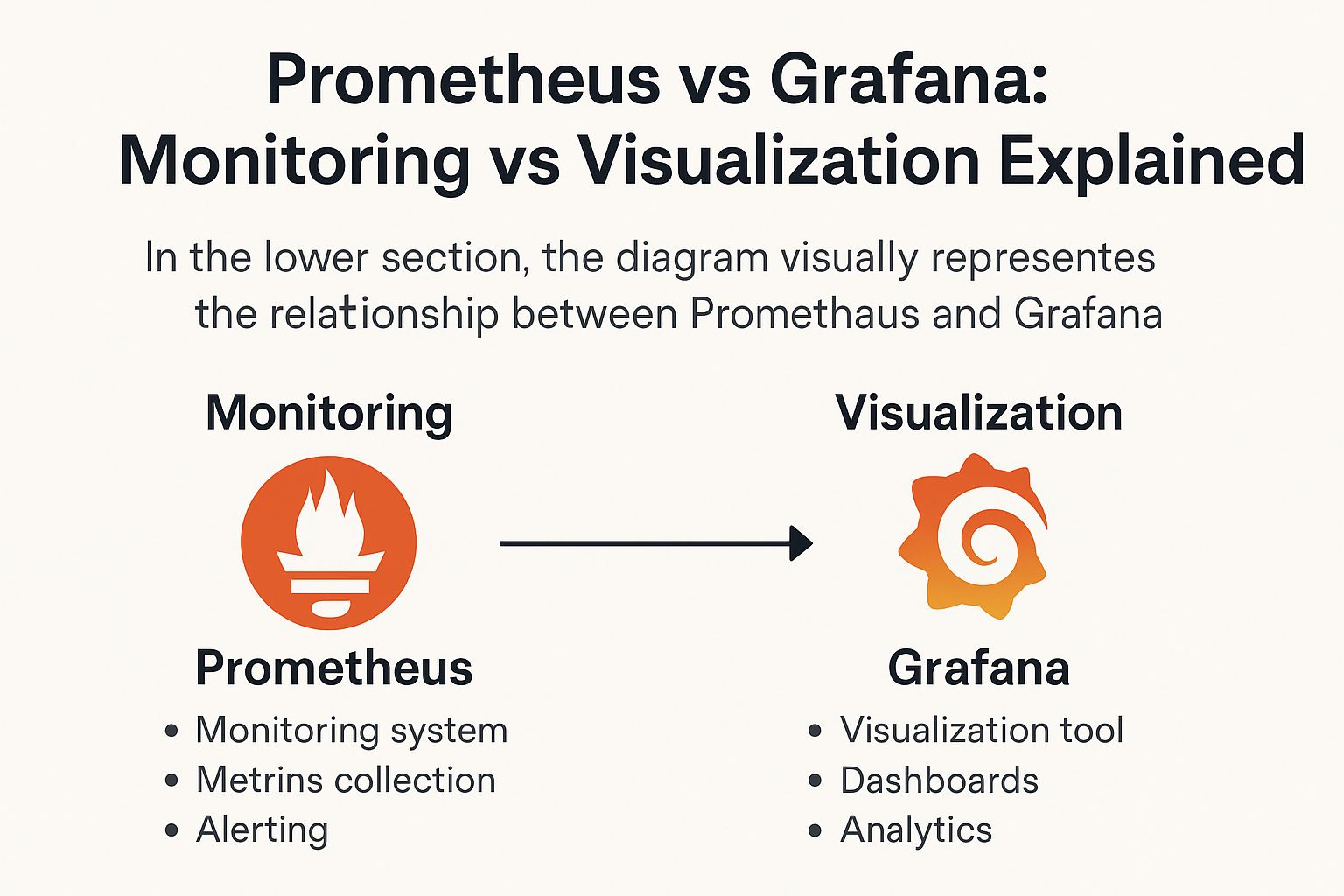
They are not competitors-they are a perfect team.
- Prometheus collects and stores the data.
- Grafana reads that data and displays it on dashboards.
Think of Prometheus as the brain that gathers the facts, and Grafana as the face that explains the facts in charts and visuals.
RealWorld Example:
- Prometheus scrapes your server’s CPU and memory usage every 30 seconds.
- Grafana pulls this data and shows it in a dashboard with colorful graphs.
- If the CPU goes above 90% for 5 minutes, Prometheus triggers an alert.
- Grafana can also flash red alerts on the dashboard.
Why Use Both Prometheus and Grafana?
Conclusion
Prometheus and Grafana are must-have tools if you want to monitor applications, servers, or containers.
- Use Prometheus when you need to collect metrics and trigger alerts
- Use Grafana when you want to visualize the data beautifully in real-time
They’re better together, not rivals. Learning these tools is a great first step into DevOps, cloud monitoring, and production readiness.




.svg)

.svg)



.svg)

.svg)

.png)
.png)





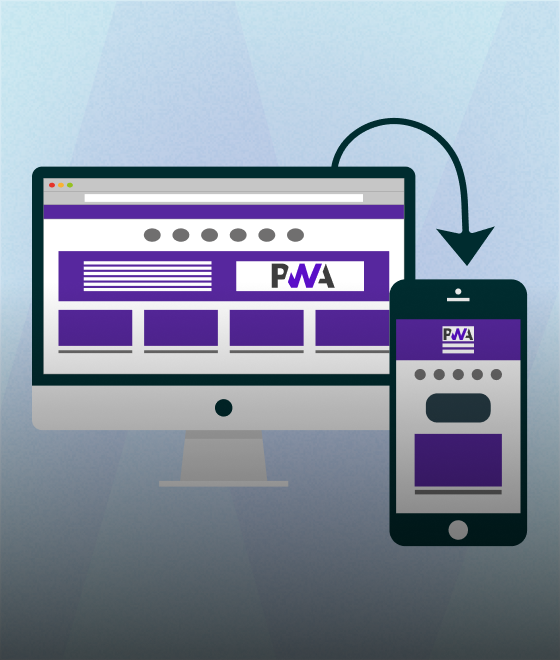
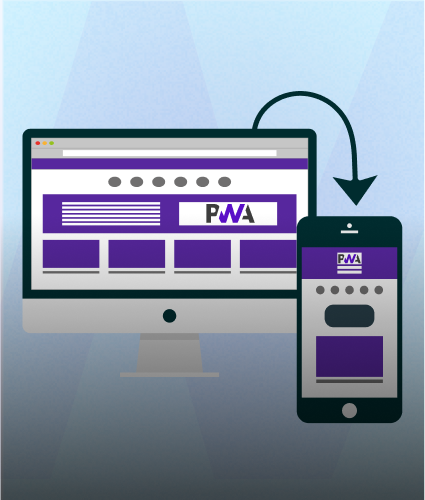
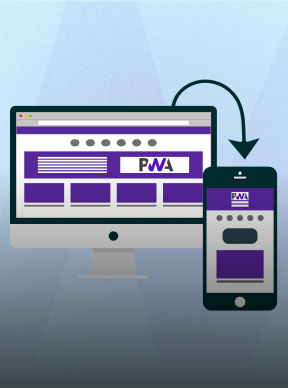
.png)
.png)
.png)
.png)
.png)
.png)



